Scientific Reports ( IF 3.8 ) Pub Date : 2023-10-07 , DOI: 10.1038/s41598-023-44301-5
Milton Garcia Costa 1 , Renato de Mello Prado 1 , Marcilene Machado Dos Santos Sarah 1 , Antônia Erica Santos de Souza 1 , Jonas Pereira de Souza Júnior 1
|
|
Potassium (K) deficiency in maize plants damages the nutritional functions of K. However, few studies have investigated the influence of K on C:N:P stoichiometry, the nutritional efficiency of these nutrients, and whether the mitigating effect of Si in plants under stress could act on these nutritional mechanisms involved with C, N, and P to mitigate K deficiency. Therefore, this study aimed to evaluate the impact of K deficiency in the absence and presence of Si on N and P uptake, C:N:P stoichiometric homeostasis, nutritional efficiency, photosynthetic rate, and dry matter production of maize plants. The experiment was conducted under controlled conditions using a 2 × 2 factorial scheme comprising two K concentrations: potassium deficiency (7.82 mg L−1) and potassium sufficiency (234.59 mg L−1). These concentrations were combined with the absence (0.0 mg L−1) and presence of Si (56.17 mg L−1), arranged in randomized blocks with five replicates. Potassium deficiency decreased stoichiometric ratios (C:N and C:P) and the plant’s C, N, and P accumulation. Furthermore, it decreased the use efficiency of these nutrients, net photosynthesis, and biomass of maize plants. The results showed that Si supply stood out in K-deficient maize plants by increasing the C, N, and P accumulation. Moreover, it decreased stoichiometric ratios (C:N, C:P, N:P, C:Si, N:Si, and P:Si) and increased the efficiencies of uptake, translocation, and use of nutrients, net photosynthesis, and dry matter production of maize plants. Therefore, the low nutritional efficiency of C, N, and P caused by K deficiency in maize plants can be alleviated with the supply of 56.17 mg L−1 of Si in the nutrient solution. It changes C:N:P stoichiometry and favors the use efficiency of these nutrients, which enhances the photosynthesis and sustainability of maize.
中文翻译:

硅通过改变 C、N 和 P 化学计量和营养效率来缓解玉米缺钾
玉米植株缺钾会损害钾的营养功能。然而,很少有研究探讨钾对 C:N:P 化学计量的影响、这些营养素的营养效率,以及硅在植物中的缓解作用。压力可以作用于这些与碳、氮和磷有关的营养机制,以减轻钾缺乏。因此,本研究旨在评估缺乏和存在硅的情况下缺钾对玉米植株氮磷吸收、C:N:P化学计量稳态、营养效率、光合速率和干物质生产的影响。该实验在受控条件下进行,采用 2 × 2 阶乘方案,包括两个 K 浓度:钾缺乏 (7.82 mg L -1 ) 和钾充足 (234.59 mg L -1 )。这些浓度与 Si 的不存在(0.0 mg L -1)和 Si 的存在(56.17 mg L -1)相结合,排列成具有五个重复的随机块。钾缺乏会降低化学计量比(C:N 和 C:P)以及植物的 C、N 和 P 积累。此外,它还降低了这些养分的利用效率、净光合作用和玉米植物的生物量。结果表明,在缺钾玉米植株中,硅供应突出,增加了碳、氮和磷的积累。此外,它还降低了化学计量比(C:N、C:P、N:P、C:Si、N:Si 和 P:Si),并提高了养分的吸收、易位和利用、净光合作用和玉米植株的干物质生产。因此,营养液中添加56.17 mg L -1 Si可缓解玉米植株因缺钾而导致的C、N、P营养效率低下的问题。它改变了 C:N:P 化学计量,有利于这些养分的利用效率,从而增强玉米的光合作用和可持续性。

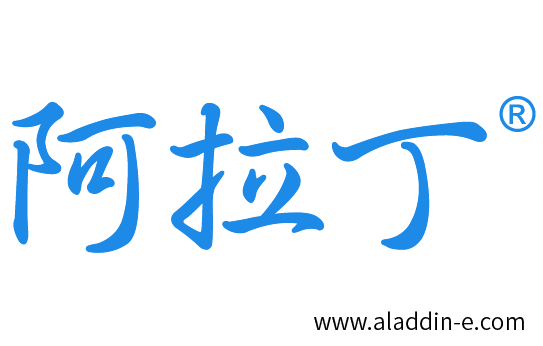
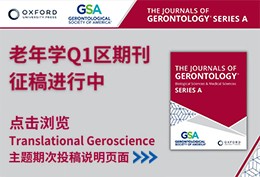







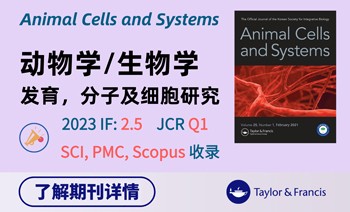










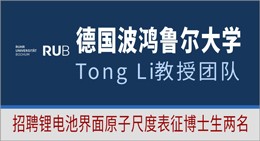




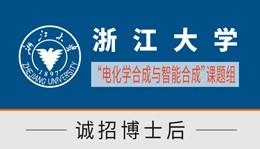
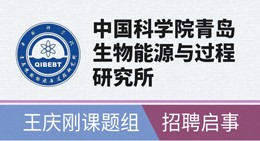





 京公网安备 11010802027423号
京公网安备 11010802027423号